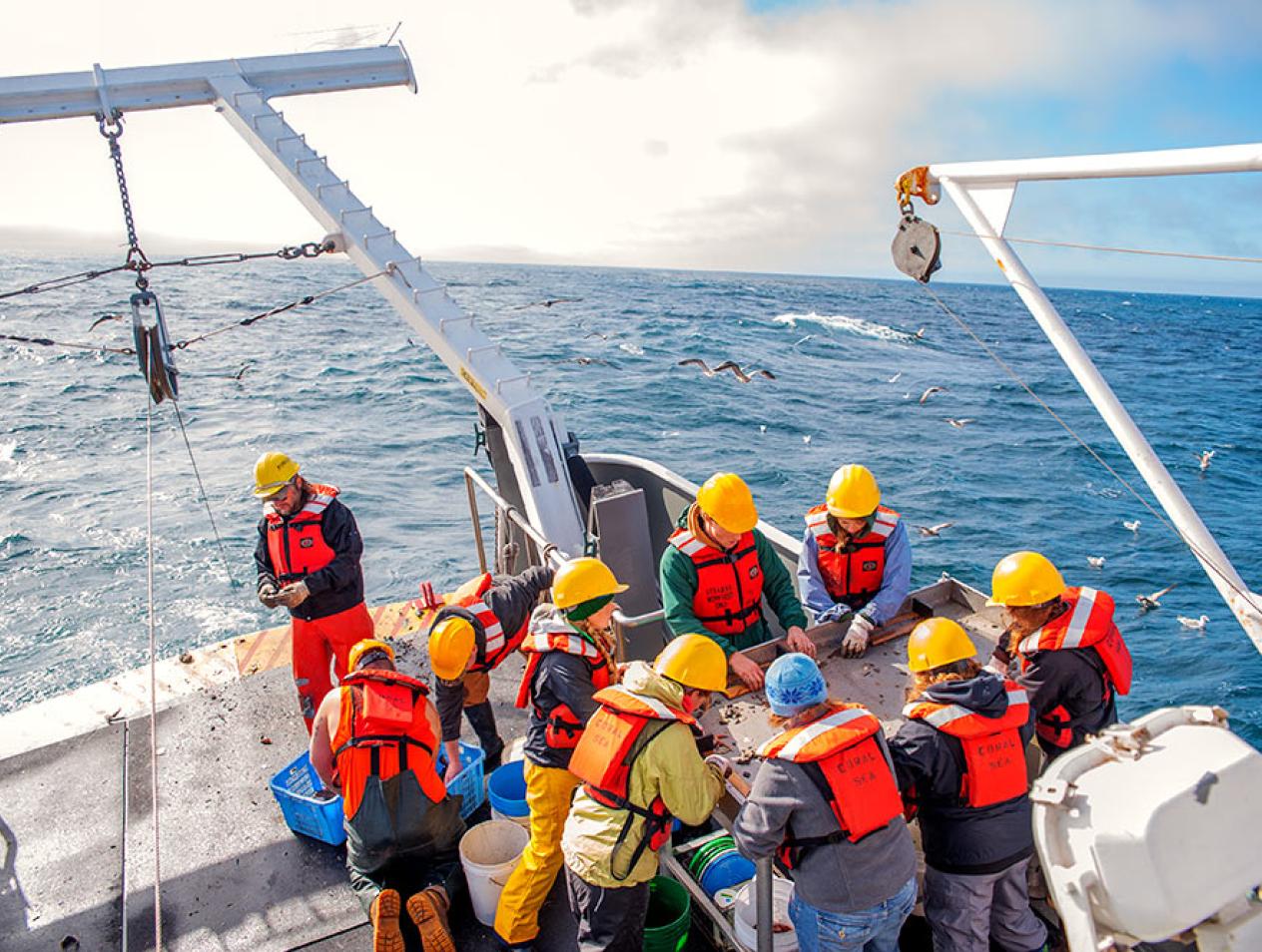Breadcrumb
Natural Resources, M.S.
The graduate program in Natural Resources is designed to provide students with the knowledge and experience necessary to address natural resource problems and to carry out scientific investigations including design, implementation, and evaluation of research in their specific area of study. While the program is designed to provide an in-depth understanding of the student's area of emphasis, it’s also intended to develop an appreciation for the interdisciplinary character of natural resource problems.
Why This Program
Research
Science and Natural Resources graduate students conduct original scientific investigations under the guidance of their major advisor.
Fieldwork
Mountains and wetlands. Forests and rivers. Beaches and bays. They’re all nearby, and they’re all used as living laboratories.
Personal Attention
It’s the difference between sitting through class and being part of it. Feel challenged and inspired by faculty who will support your success.

Concentrations
Environmental Science & Management (ESM) graduate studies are oriented toward environmental analyses and land use planning, ecological restoration, human dimensions of natural resources, and geospatial science.
The Fisheries program is designed primarily to produce graduates who can assess, manage, and conserve fish habitats, populations, and commercial and recreational fisheries. The program is broad enough to allow students to prepare themselves for work in additional areas such as water pollution ecology, fish population dynamics, and fish culture.
Graduate students in Forests, Fire, Watershed & Range are focused on a wide variety of topics including forest ecology, tree physiology, conservation biology, forest growth, and administration of forest land for ecosystem management. Fire focuses on wildland fire processes and management. Watershed focuses on watershed processes and the interactions between geophysical and biological factors expressed in bounded drainages. The interplay between watershed processes and management of other natural resources is integral. Range focuses on the management of rangeland ecosystems.
Forests, Fire, Watershed & Range Concentration Catalog Page
Forestry Graduate Faculty
For more information, please contact a faculty member in the Natural Resources Graduate Program. It is most helpful to contact faculty members whose research and academic interests align with yours.
Wildlife emphasizes research on wildlife species, behavior, and habitat requirements within the complex ecological interactions that govern the outcome of various land use practices. Wildlife managers should be able to maintain sustained yields of game animals, to minimize wildlife depredation, and to reverse conditions threatening species with extinction.
Did You Know
The campus fish hatchery has a recirculating freshwater system with incubators, troughs, fiberglass circular tanks, concrete circular tanks, and raceways.
One of the best-equipped university fire research facilities in the United States, Humboldt’s fire lab has a fire platform, ventilation hood, and a thermal imaging camera used in the lab and during wildland fires.
Just minutes from campus, the lab for marine education and research includes a system that recirculates seawater, a remotely operated underwater vehicle, a wet laboratory for rearing marine invertebrates and fishes, and a culture room for larval invertebrates and algae.








